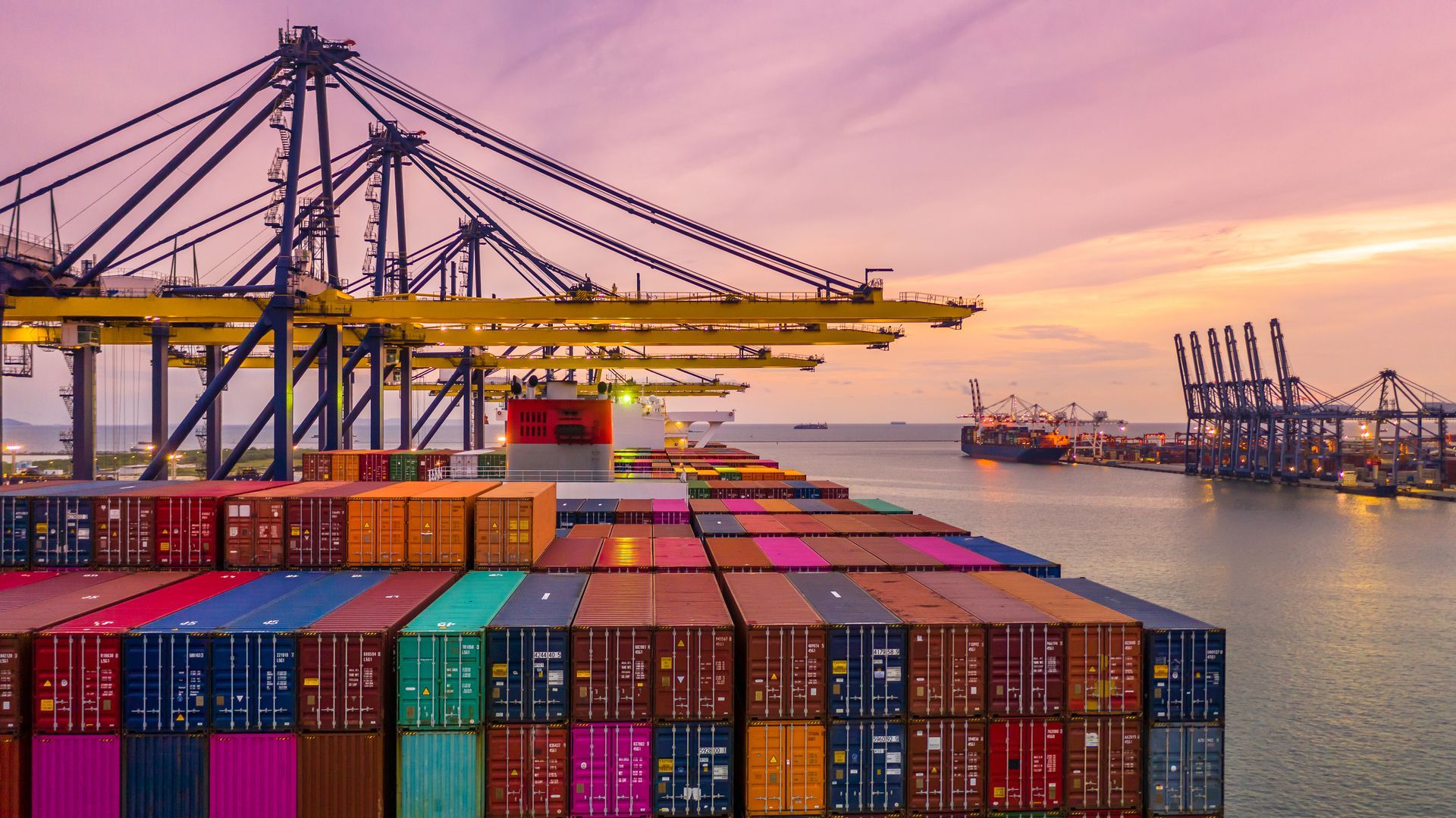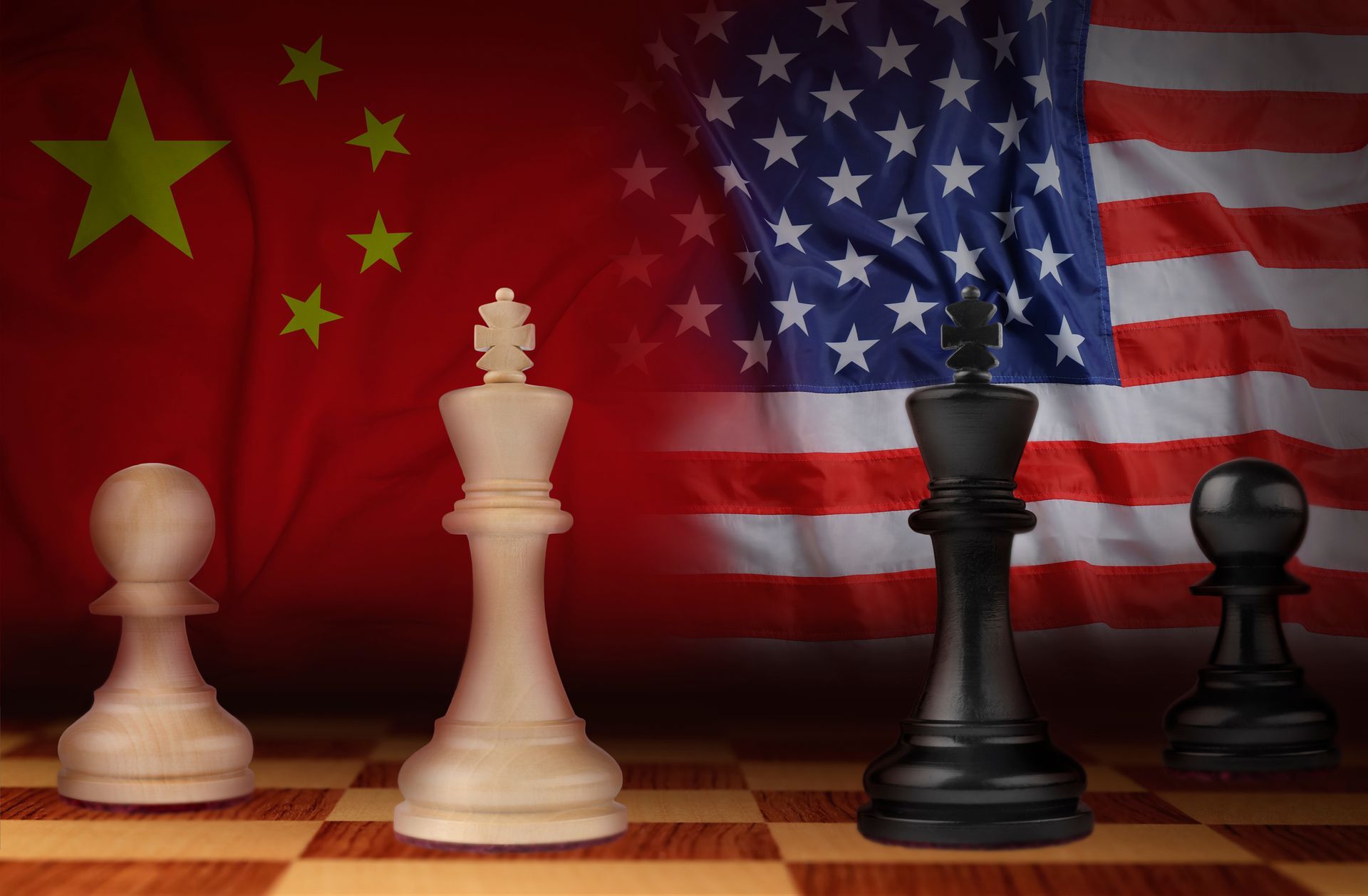Supplies Made Simple™: Talk to our Sales Team today!
How To Address Supply Chain Bottlenecks Through Strategic Sourcing
How To Address Supply Chain Bottlenecks Through Strategic Sourcing

Supply chain bottlenecks are a big challenge for businesses today. They disrupt operations, raise costs, and delay product deliveries. These issues can happen for many reasons, like material shortages, supplier disruptions, logistical constraints, and changing consumer demand. If not addressed, they can hurt customer satisfaction and a company’s profits. To solve supply chain issues, businesses must take a proactive approach: strategic sourcing.
This differs from traditional procurement, which mainly focuses on cutting costs. Strategic sourcing looks at supplier reliability, diversification, sustainability, and long-term goals. A strong procurement strategy boosts supply chain efficiency, optimizes costs, and ensures continuity.
Here at
Concentric Health Alliance, we understand how supply chain bottlenecks and how strategic sourcing helps. It also covers key strategies businesses can use to improve their procurement process. By applying these best practices,
supply chain managers can create a more agile and resilient supply chain that handles disruptions effectively.
Understanding Supply Chain Bottlenecks
A supply chain bottleneck occurs when one part of the chain slows down production and distribution. Various factors can cause these disruptions, leading to inefficiencies and higher costs. Spotting potential bottlenecks early can prevent serious problems in the entire supply chain. Below are some common bottlenecks to look out for.
- Material Shortages: Global shortages of raw materials, like semiconductor chips or medical supplies, can hurt inventory management.
- Supplier Failures: Operational issues, financial problems, or unexpected shutdowns from suppliers can pose supply chain risks.
- Logistical Constraints: Limited transportation, port congestion, or customs delays can disrupt the global supply chain.
- Demand Fluctuations: Sudden spikes in consumer demand that exceed supply chain capacity can cause operational bottlenecks.
- Production Delays: Manufacturing inefficiencies, labor shortages, or machine breakdowns causing production slowdowns.
These bottlenecks impact more than one part of a business; they start a ripple effect where a chain reaction occurs throughout the supply chain. The effects can look like longer lead times, higher costs, and inconsistent product availability which will frustrate customers and lead to lost revenue. To keep operations running smoothly, effective supply chain management must tackle these problems head-on.
The Role of Strategic Sourcing in Resolving Bottlenecks

Strategic sourcing is a methodical way to buy goods and services. It aims for long-term value, manages risks, and aligns suppliers with business goals. Unlike traditional purchasing, which focuses on cost savings, strategic sourcing looks at suppliers based on quality, reliability, AND resilience.
Benefits of Strategic Sourcing:
- Cost Optimization: Cut total procurement costs by evaluating supplier capabilities, pricing, and inventory levels. Improve procurement process efficiency.
- Risk Mitigation: Identify and lessen reliance on high-risk suppliers and common causes of disruptions in the supply chain.
- Supplier Relationship Management: Build stronger ties with reliable vendors. This ensures priority fulfillment and lowers supply chain risk.
- Enhanced Agility: Adapt quickly to market changes or supply chain disruptions through smart supply chain planning.
Strategic sourcing helps businesses avoid depending too much on one supplier or region. This approach builds a flexible supply chain that can handle disruptions well.
How To Use Strategic Sourcing to Overcome Bottlenecks
Diversifying Supplier Networks
One big risk for businesses is relying too much on one supplier.
If that supplier has a problem, the whole supply chain can suffer. By using multiple suppliers, businesses lower their reliance on one source. This helps avoid potential bottlenecks.
Why Diversification Matters:
- Lowers reliance on one supplier or area.
- Helps businesses pivot to alternative suppliers during crises, increasing inventory visibility and management.
- Encourages competitive pricing and better contract terms.
Enhancing Supplier Relationships and Collaboration
Strong supplier relationships can help overcome supply chain disruptions. Clear communication and teamwork let both sides work toward shared goals. This supports efficient supply chain operations.
Best Practices:
- Keep communication open and frequent with suppliers. This helps spot issues early and prevents inventory shortages or delays.
- Create long-term agreements to build trust and reliability.
- Use supplier performance tracking to measure reliability and efficiency.
Leveraging Technology for Better Sourcing Decisions
Technology is modernizing strategic sourcing. AI analytics and digital procurement platforms help businesses make data-driven choices. This improves supply chain visibility and identifies the best suppliers.
Technological Solutions:
- AI & Machine Learning: Predictive analytics allow businesses to spot supply chain risks early. This leads to better risk management.
- Procurement Platforms: Digital sourcing tools simplify supplier evaluation, contract management, and procurement processes.
- Blockchain Technology: It boosts transparency in supplier transactions. This ensures compliance with sourcing policies and enhances supply chain visibility.
Prioritizing Sustainable and Resilient Sourcing
Sustainability is an advantage for businesses. Companies that choose financially stable and environmentally responsible suppliers can avoid future issues and strengthen their supply chains.
Major Considerations for Sustainable Sourcing:
- Check supplier financial health to ensure stability and avoid disruptions.
- Include ESG (Environmental, Social, Governance) factors in supplier choices to support responsible sourcing and lower risks.
Implementing a Strategic Sourcing Plan for Your Business

Steps to Develop a Strong Sourcing Strategy:
- Assess Supply Chain Weaknesses: Locate weak spots in your supply chain and inventory management.
- Identify Other Suppliers: Research new suppliers to build a diverse network and avoid bottlenecks.
- Develop Supplier Scorecards: Rank suppliers based on reliability, pricing, ESG factors, and scalability. This helps reduce supply chain risk.
- Use Digital Procurement Tools: Leverage technology for better supplier management and smoother procurement.
- Monitor Performance Regularly: Establish KPIs to assess suppliers and reduce supply chain risks.
By following these steps, procurement leaders can shift from reactive to proactive sourcing. This ensures long-term stability and improves supply chain efficiency.
Main Takeaways for Handling Supply Chain Bottlenecks with Strategic Sourcing

Supply chain bottlenecks can seriously hurt businesses. They affect costs, efficiency, and customer satisfaction. With a solid strategic sourcing plan, companies can tackle these challenges head-on and improve their supply chain.
By diversifying suppliers, building strong relationships, using technology, and focusing on sustainable sourcing, businesses can create a resilient supply chain. This approach helps them manage global disruptions effectively. Now is the time to assess your supplier network and consider new sourcing solutions for lasting success.
Is your business prepared to enhance its sourcing strategy?
Contact us to discover how strategic sourcing can change your supply chain for the better.












